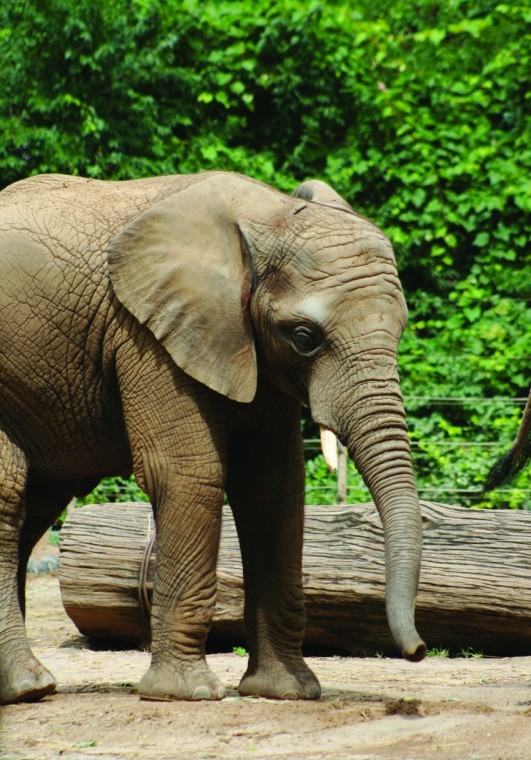
We’ve talked about some of the seasonal hazards of spring and summer. Add to that list one more item that rarely gets any mention. We’re talkin’ fishing … or at least preparing for that fishing trip. Your tackle box has a lot of goodies that will attract your dog or cat. So keep it closed and latched. Those hooks and lures can do a lot of damage if your pet gets one in his or her mouth.
One of my neighbors knows all about cats and fishing tackle. He was out on his back lawn, practicing his casting when Ajax the cat caught sight of the lure. Ajax had been lurking in the bushes and pounced on that thing as my neighbor started reeling in. Yup. I got the call. And with a little sedation and some wire cutters, we got the Mepps lure out of the kitty’s lip. And you can bet that this was the “big one” my neighbor wished he’d never caught.
Now, on to this week’s questions.
Q:
Romulus, our young kitty, has been acting painful and depressed. The vet tested him and found out that he has toxoplasmosis. She says this is contagious to people. I’ve never heard this before. How often do people catch this bug from pets? Is it dangerous?
A:
Sorry to hear of Romulus’ illness. Toxoplasma is a protozoan parasite that infects as many as 60 million people in the United States, according to the Center for Disease Control. Most of these people never show any symptoms because their immune system actually keeps the parasite from causing any obvious illness. But people with immune problems can become very sick if exposed to toxoplasma.
Pregnant women also know about this disease, because their physician will warn them about its dangers to their unborn fetus. Toxoplasma gondii is shed in the feces of infected animals and can be picked up by anyone who unknowingly ingests it. Wild animals (including rodents and birds) can carry the organism and transmit it to cats that kill them. Like humans, infected cats rarely show any clinical signs. But they can shed the organism in their stool, possibly infecting someone in the household. An expectant mother who cleans the kitty’s litterbox or even just handles the family cat could unknowingly transmit toxoplasma to her unborn fetus.
How does this happen?
Remember that most cats are fastidiously clean and lick themselves to bathe. If an infected kitty spreads this organism across his fur while bathing, anyone petting him could conceivably pick up the organism on his or her hands. When those same hands pick up some food, the organism can be ingested, ending up in that person’s intestinal tract. Needless to say, good hygiene prevents all of this. Remember your mother telling you to wash your hands before you eat? This is one very important reason to do as she tells you.
With treatment, Romulis should be able to recover, but he also needs to be checked for other diseases, including feline leukemia(FeLV) and feline immunodeficiency virus (FIV). We hope he’s feeling better soon.
Q:
Do elephants have the same kind of teeth that we have? I haven’t ever seen any teeth in their mouth. How do they chew their food?
A:
Wildlife is full of fascinating differences, and elephants are definitely unique when it comes to their teeth. Domestic animals and people get two sets of teeth in their lifetime. Elephants differ both in the number of teeth they have throughout their life, and in the way those teeth come into their mouth. These giant pachyderms get new teeth six times, but the replacements don’t erupt from underneath the existing dentition. Instead, new teeth appear in the back of the mouth and push old teeth forward.
Newborn elephant calves are usually born with two small molars in both the upper and lower jaw. These first teeth are only the size of your thumbnail. Later on, another slightly larger molar tooth comes in and slowly moves from the back to the front, replacing the old tooth. This process repeats a total of six times and the teeth get progressively larger to where the fifth and sixth molars are the size of bricks as they come into the mouth.
This impressive dentition is necessary so that elephants can forage on the roughage that makes up the majority of their diet. When the last teeth wear down in older elephants, there are no replacements. The geriatric pachyderm loses his ability to adequately chew food. He seeks softer vegetation usually around waterways or swamps. But eventually even this vegetation becomes useless because he just can’t chew adequately enough to break it down. He succumbs to weakness and dies because he’s unable to eat well enough to survive.









